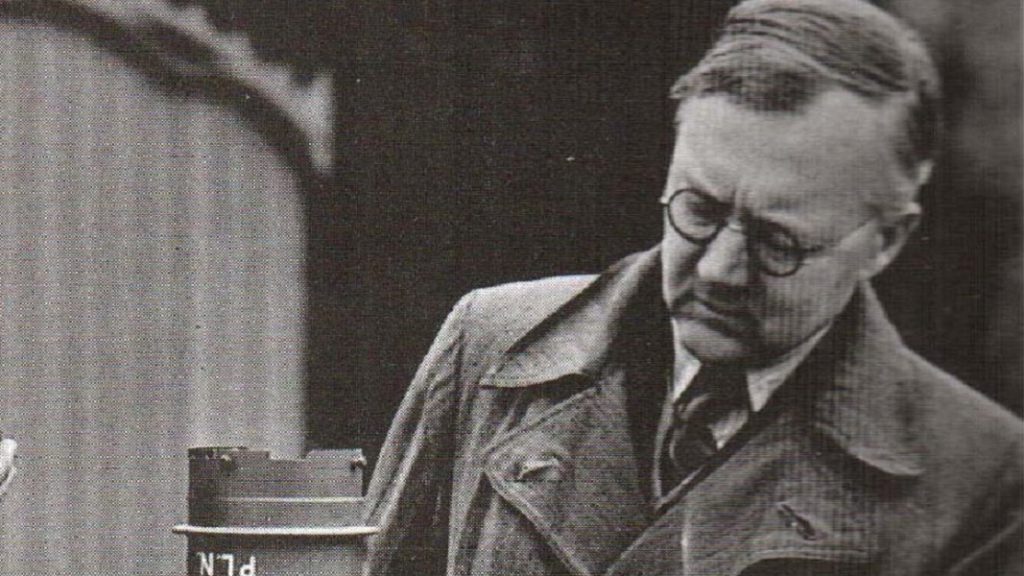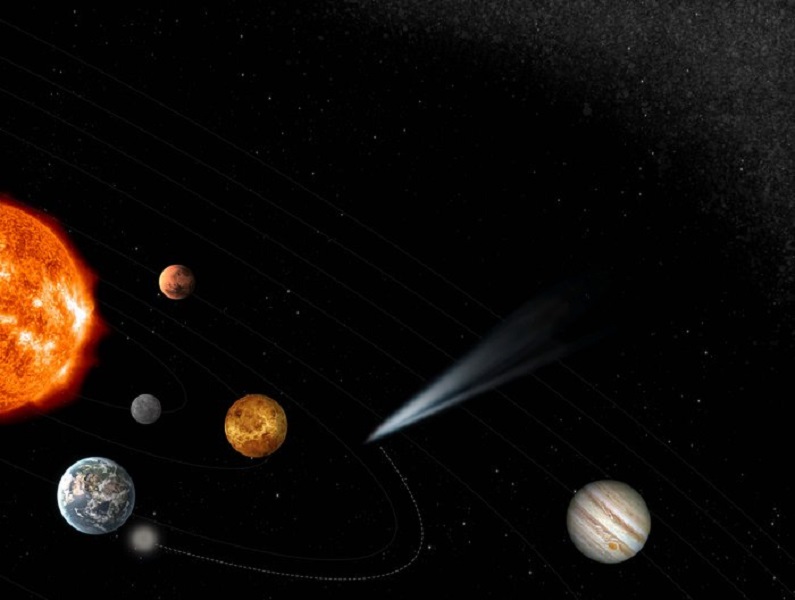Researchers from the University of Tartu are participating in an international space mission with the European Space Agency to intercept a comet; it’s the first time Estonian technology is to be part of the ESA’s mission, the university said in a statement.
The objective of the mission, named Comet Interceptor, is to study a comet from the Öpik-Oort cloud that surrounds the sun.
“It will be the first to visit a truly pristine comet or other interstellar object that is only just starting its journey into the inner Solar System,” the University of Tartu said. “Interstellar objects such as this can offer completely new information about the origin of life in our solar system as well as potential future threats.”
To carry out the mission, Estonian researchers, alongside with partners from Aalto University in Finland and the Finnish VTT Technical Research Center, will develop an Optical Imager for Comets (OPIC), based on new generation technology.
“In the future, it could be helpful in noticing dangerous objects approaching the Earth as well as used in the control systems of autonomous robot vehicles,” the university said. The Tartu Observatory has already looked into the possibilities of co-operating with the Tallinn University of Technology and Estonian enterprises Milrem, Hedgehog and Crystalspace.
A reference to the founder of the Estonian astronomy school
Estonia is represented in the consortium of Comet Interceptor by Mihkel Pajusalu, a researcher at Tartu Observatory’s faculty of science and technology, and Andris Slavinskis, a senior research fellow at the same faculty. Pajusalu and Slavinskis started their careers in the ESTCube student satellite team and have completed their respective postdoctoral research at MIT and NASA Ames Research Center.
The name of the telescope – OPIC – is not coincidental. It is a reference to the founder of the Estonian astronomy school, Ernst Öpik, who is also one of the two researchers behind the name of the Öpik-Oort cloud.

Öpik started the co-operation between Tartu and Harvard universities in the field of observing meteors in the years 1930-1934, founded the meteor research work group at Harvard, and created the theory of meteors burning in space and meteorites colliding with planets, Tartu University added.
A breakthrough in the Estonian space technology
OPIC can be developed thanks to the cameras that have already been to space: on the first Estonian satellite ESTCube-1 and on the European Student Earth Orbiter. Experiences gained from the development process of the Earth Observation Imager are useful as well.
“This is indeed a breakthrough in our space technology – it is the first time we are able to participate in a major mission with our technology since the Soviet space program closed for Estonian researchers and engineers,” the director of the Tartu Observatory, Anu Reinart, said.

Previously, Estonian researchers have participated in the research groups of several missions (GAIA, Planck, ARIEL, ATHENA) that have been supported by research funding from the state.
The Comet Interceptor is an F-class, meaning fast mission and should be ready for launch in 2028. The mission team is international with lead partners from the United Kingdom.
Cover: Comet Interceptor concept. Image by the European Space Agency.

